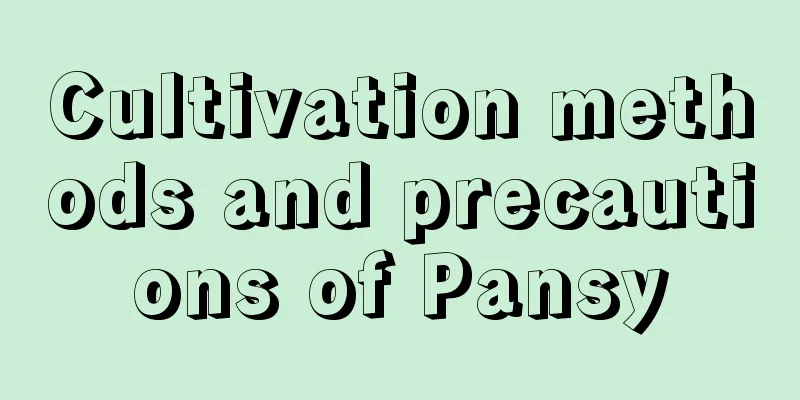What kind of soil is suitable for growing jasmine?

Jasmine soilJasmine likes slightly acidic soil, that is, the pH value of 6 to 6.5 is the most suitable soil for its growth. When planting, the culture soil is required to be rich in organic matter and have good water permeability and ventilation properties. Potted jasmine should be repotted and re-soiled once a year. When changing the soil, remove the old soil and residual roots, replace it with new culture soil, and improve the soil's aggregate structure and nutrients. That's it. Jasmine can be grown in ordinary soil. Ordinary soil is mostly neutral soil, and jasmine can survive in this soil. Of course, it can also be cultivated in nutrient soil, but nutrient soil can make jasmine grow faster and better. Jasmine soil preparation method1. Nutrient soil The soil for jasmine should be loose, fertile, well-drained and slightly acidic, and the pH value should be between 5.5-7. 2. Configuration When preparing the soil, you can use four parts of compost and garden soil, and then mix in two parts of fine sand to improve drainage, or use one part each of garden soil, leaf mold, and sawdust, and then add a small amount of cake residue as base fertilizer. Changing the soil for jasmine potted plants1. Preparation: Before repotting, water the plant thoroughly once and wait for one to two days until the soil is neither dry nor wet. 2. Remove from the pot : First knock on the outer wall of the flowerpot to separate the flowerpot and the soil. If knocking on the outer wall does not work, insert a knife along the inner wall of the flowerpot to separate them. 3. Separation : Gently peel off the soil in the pot of the separated jasmine flowers. It is best not to damage the roots. Then check the separated roots to see if there are old roots, diseased roots, or dead roots. If there are any, cut them all off. 4. Add soil : Pour the prepared soil into the flowerpot, first fill one-third of the way, hold the jasmine flower with one hand, and fill the soil with the other hand, compacting it so that the roots and soil are in full contact without leaving any gaps. Do not fill the flowerpot completely with soil, leave a height of two centimeters for watering later. 5. Watering : Be sure to water thoroughly this time. The emphasis is on the word "thoroughly". It is best if a lot of water flows out from under the pot. |
<<: Finger orange planting conditions and growth environment requirements
>>: Lemon planting conditions and temperature requirements in the planting area
Recommend
How to remedy the yellowing and drying of Anthurium leaves?
Anthurium is a green plant that is very suitable ...
What kind of plant is spider egg and how to care for it
1. What kind of plant is the spider egg? Aspidist...
Advantages and disadvantages of toffee roses. Is the toffee rose fragrant and beautiful?
Characteristics of Toffee Rose Toffee is a cut ro...
What is the best month to plant soybeans?
When is soybean planted? Soybeans can be planted ...
How to sow Begonia
1. Choose a container For Begonia, you should cho...
Effects of Frost Morning
Function of Frost Morning: Leaf Viewing The leaf ...
What to do if Clivia is pinched by an arrow
1. Increase fertilization Reason: Too little nutr...
Cultivation methods and precautions of Buddha's hand tiger lily
1. Breeding methods 1. Temperature: It is a warm-...
How to grow jasmine
Winter Jasmine Growth Conditions Forsythia likes ...
How often should you water your succulent plants? (Detailed explanation of watering frequency)
1. Watering according to soil conditions The best...
How to propagate money grass by cuttings
1. Cutting time In fact, it can be propagated by ...
Can you transplant saplings in autumn? The best time and precautions for transplanting trees in autumn
Can trees be transplanted in autumn? In autumn, y...
How to keep the golden finger beautiful
Goldfinger Growth Conditions Golden Finger likes ...
What fertilizer should be used to grow Chinese cabbage on the balcony? (How to fertilize Chinese cabbage on the balcony)
Chinese cabbage, milk cabbage, and green rapeseed...
Soapwort cultivation methods and precautions
Sunlight needs This plant is a light-loving plant...









